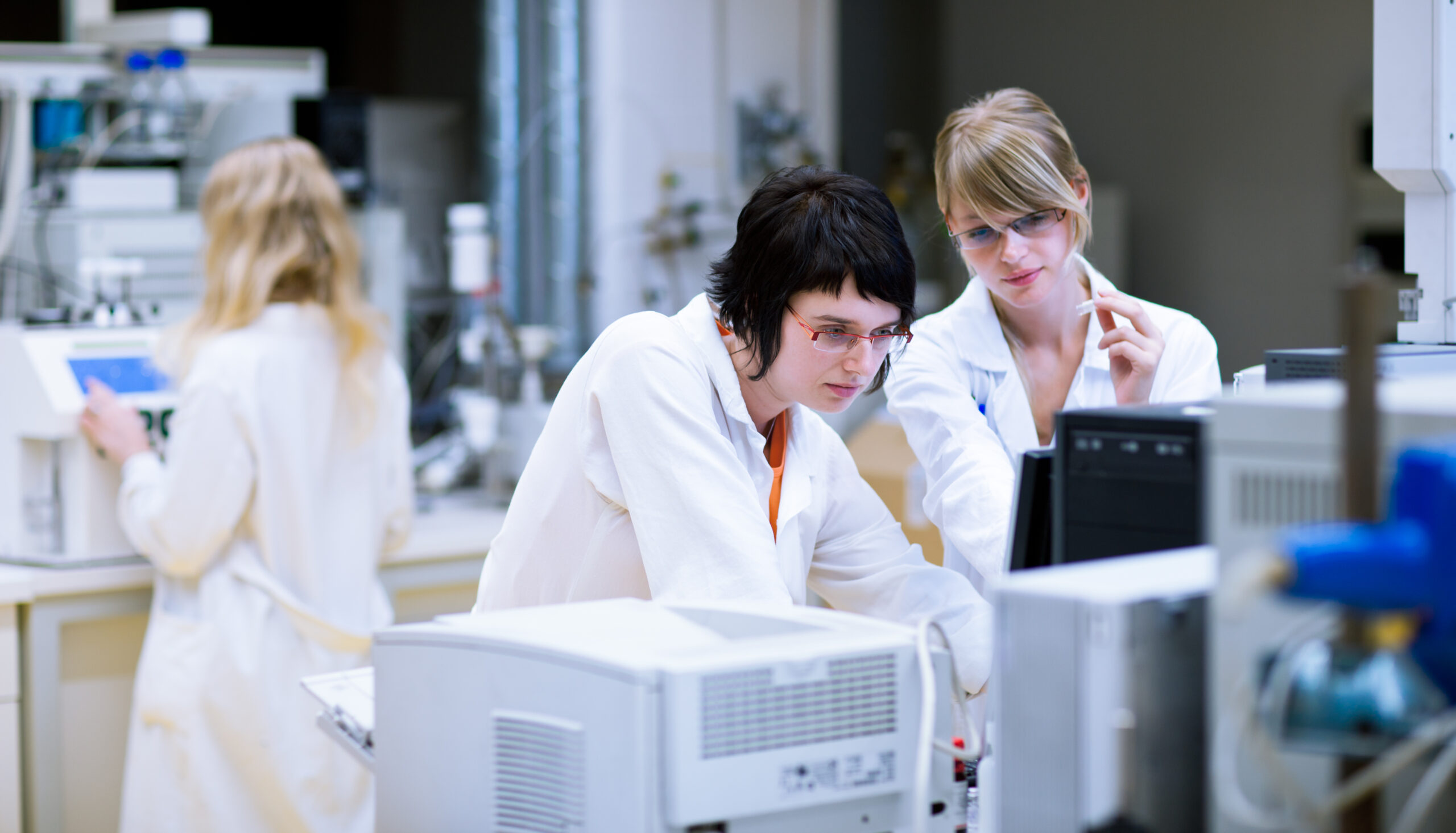
Contaminant analysis is critically important across a range of industries, ensuring that the end product is of safe, high quality for the consumer. Contamination can lead to a huge disruption to production or distribution and the appropriate analytical techniques need to be applied so that a fast resolution can be found.
Contaminant analysis techniques aim to identify contamination sources quickly and efficiently using a combination of a range of methods. Here we explore some of those methods and their key features.
Why is Contaminant Analysis so Important?
Contaminants are problematic in industries such as medical devices, packaging, fuels, and more. These contaminants are unpredictable in size and nature, as such, they can be costly to deal with due to lost productivity. Contaminant analysis helps to find a long-lasting solution to these issues.
Contaminant Analysis with Mass Spectrometry
It is critical to identify the chemical composition of a contaminant to resolve the problem. Mass spectrometry provides accurate insight into the concentrations and origins of contaminants. It does this by assessing the very top layers of an analyte or examining residual gases present in a quadrupole sample chamber.
Some of the main contaminant species are water, air, and hydrocarbons and these can easily be identified by mass spectrometry.
Contaminant Analysis with SIMS
SIMS is a contamination analysis technique that is focused on determining the surface composition of a sample. The technique is applied to the top microns of a surface with depth profile resolution of less than 2 nanometers.
SIMS uses a rastered ion beam to scan an substrate surface with lateral resolution in the 10s of micrometers. The interaction of the primary ions ejects secondary ions from the surface, which are used to directly characterize the surface.
Residual Gas Analyzers
Residual gas analyzers are usually used for process control and contaminant monitoring in UHV applications. they are manufactured using various ion source components and pressure differential sampling systems. RGAs are used to quantify residual gases or vapor in vacuum processes without altering the chemistry of the vacuum environment.
Using the pQA Portable Quadrupole Analyser for Contaminant Analysis
The pQA is designed to analyze dissolved gases in water and can analyze to sub-ppb levels. This technique is suited for contamination analysis that has small sample volumes and when low concentration level detection is needed.
The pQA allows for rapid contamination analysis, not requiring the use of an outside laboratory. This means that contaminant analysis can happen in real-time and issues can be dealt with quicker.
Contaminant Analysis with Hiden Analytical

